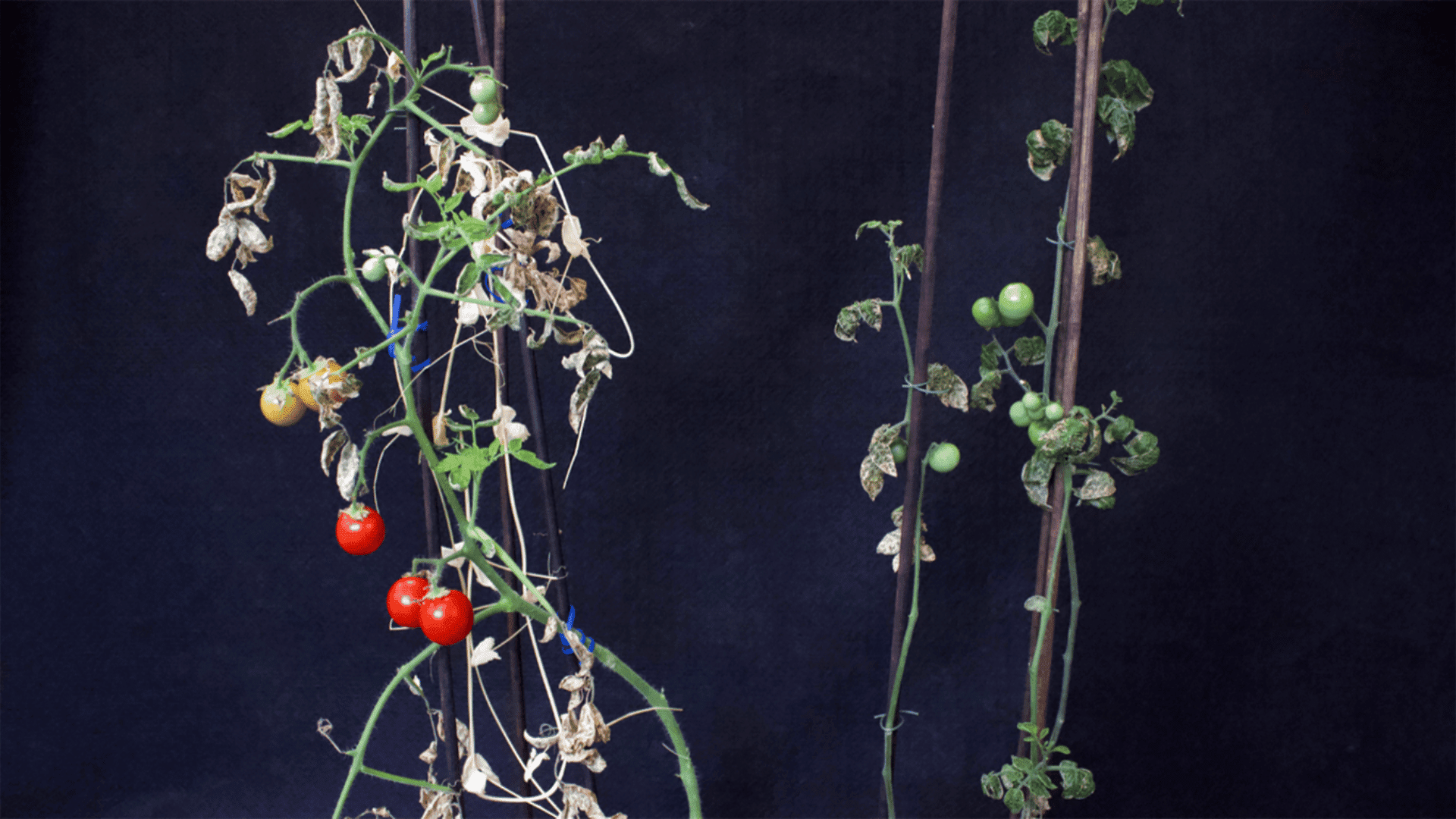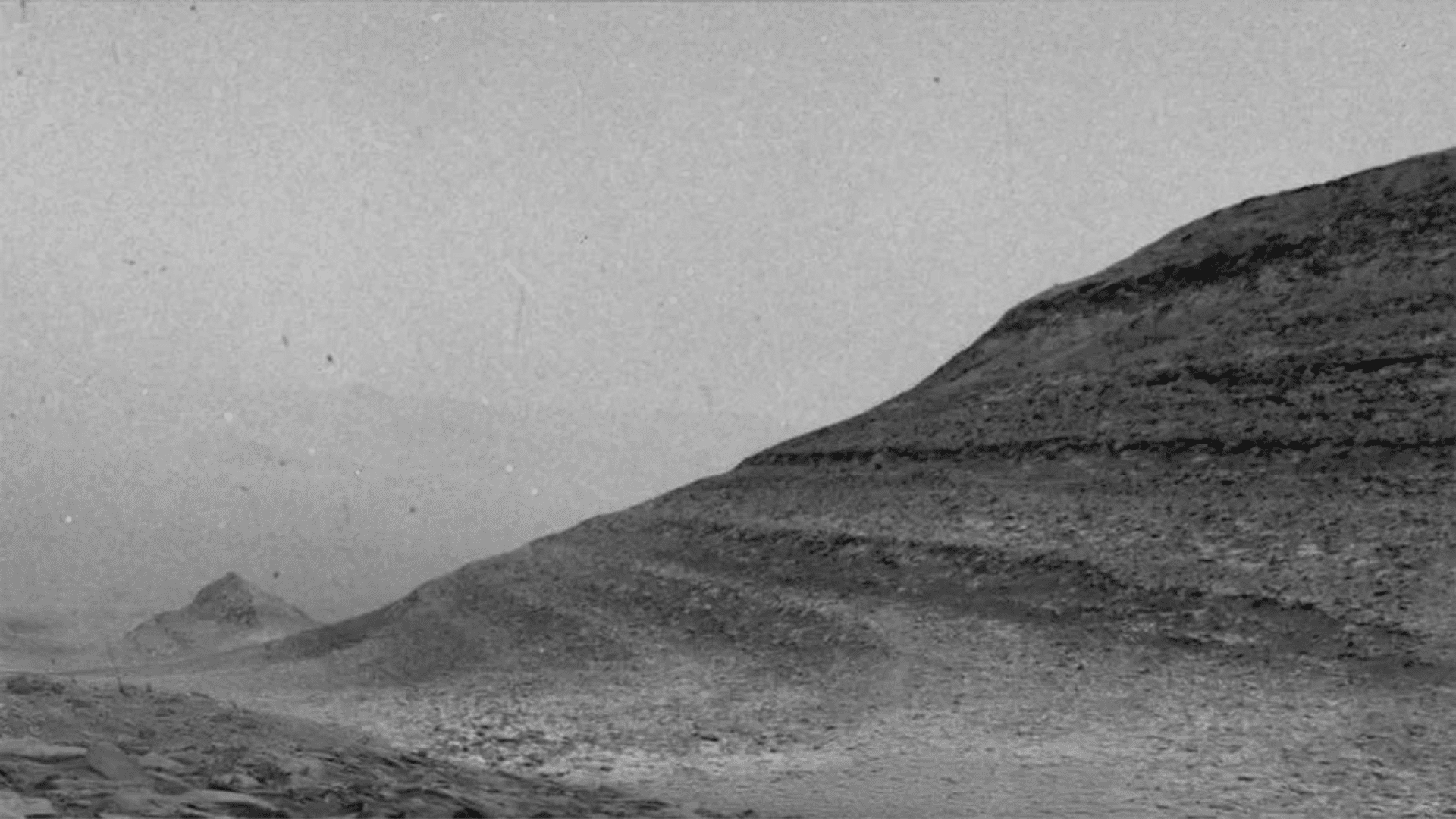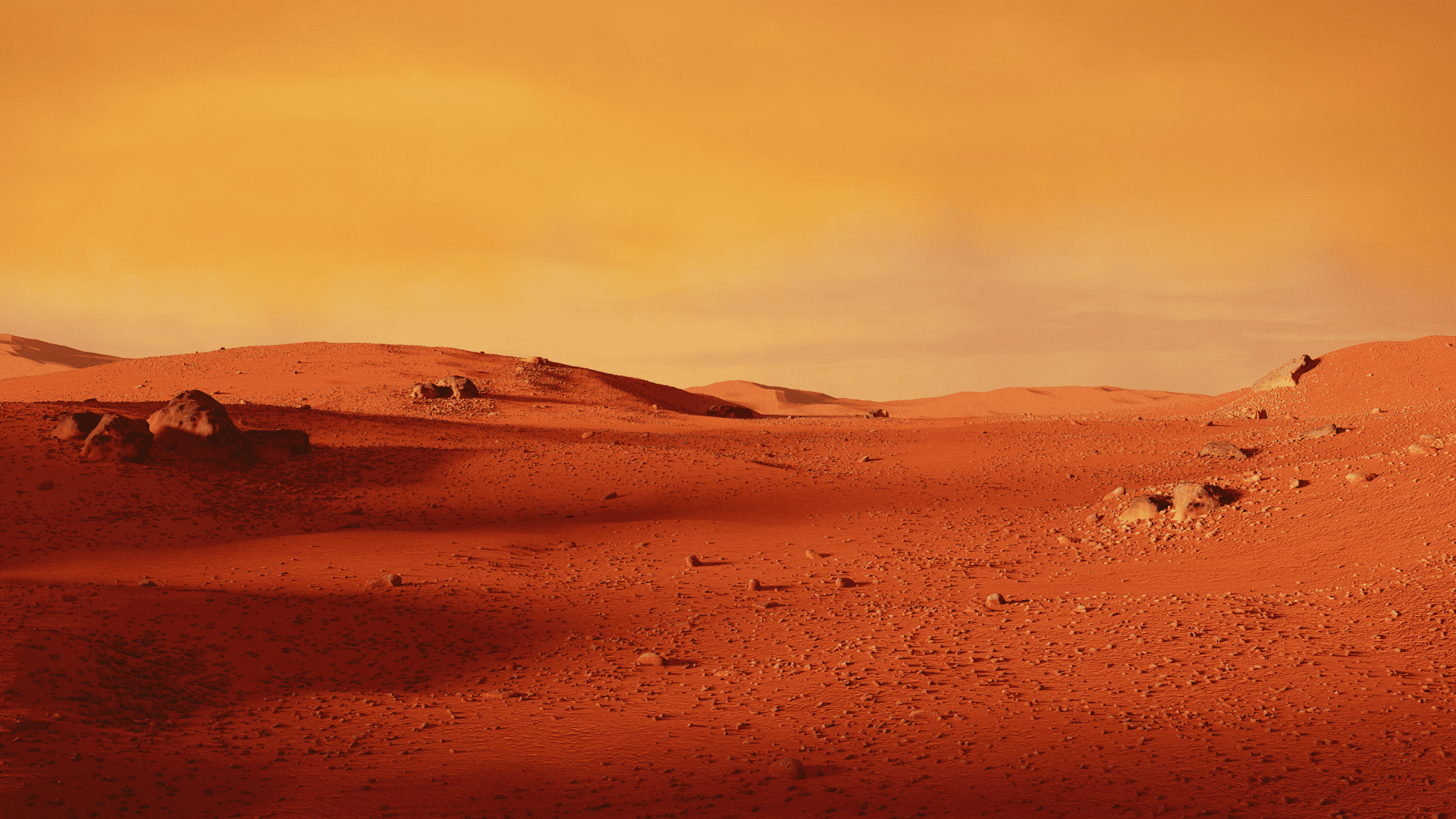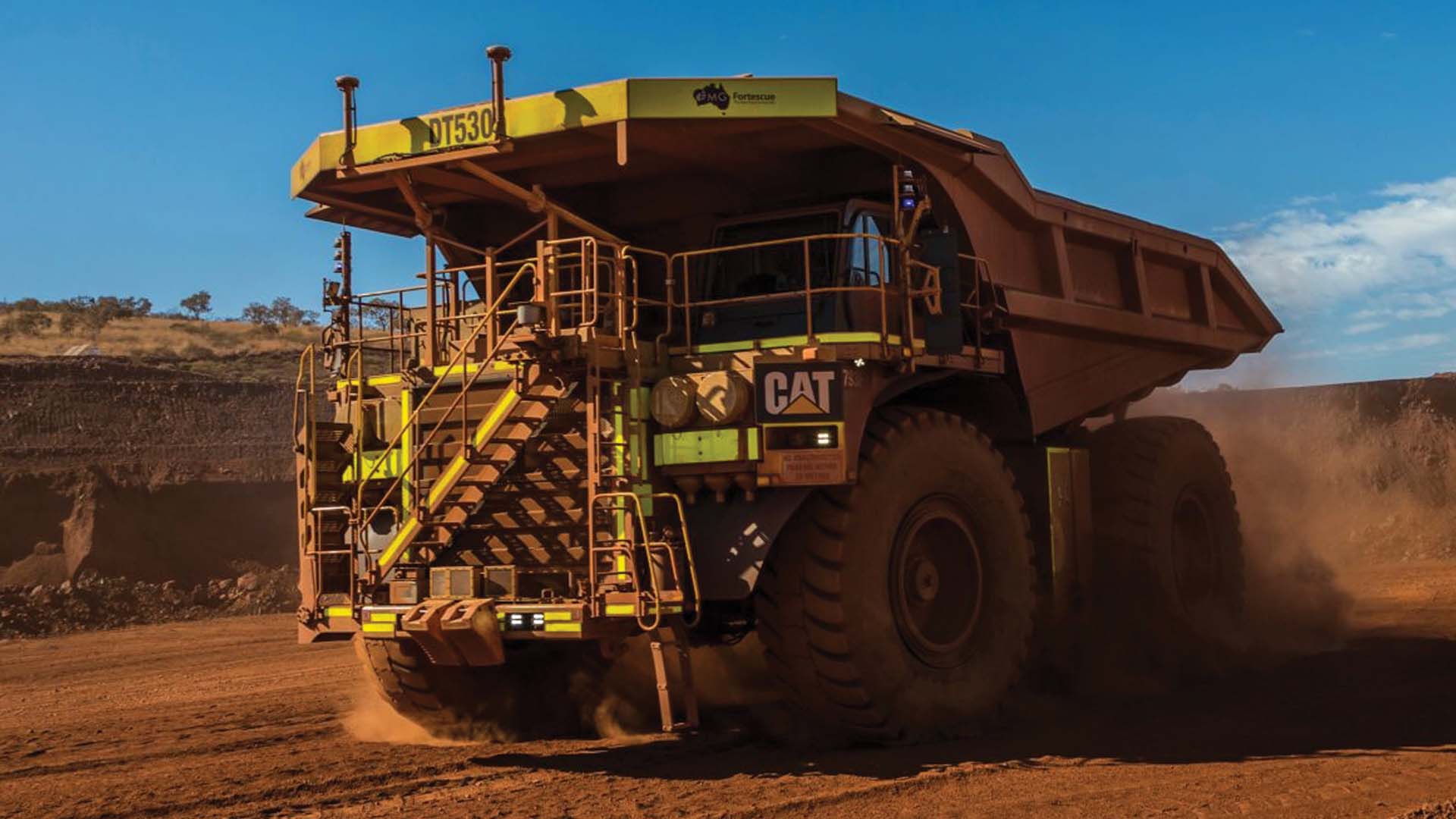NASA’s Curiosity Rover is still discovering “firsts” on Mars. Most recently, in May, the rover stumbled on pure sulfur for the first time. Curiosity stumbled on the sulfur crystals, and now scientists are stunned.
Sulfur on Mars
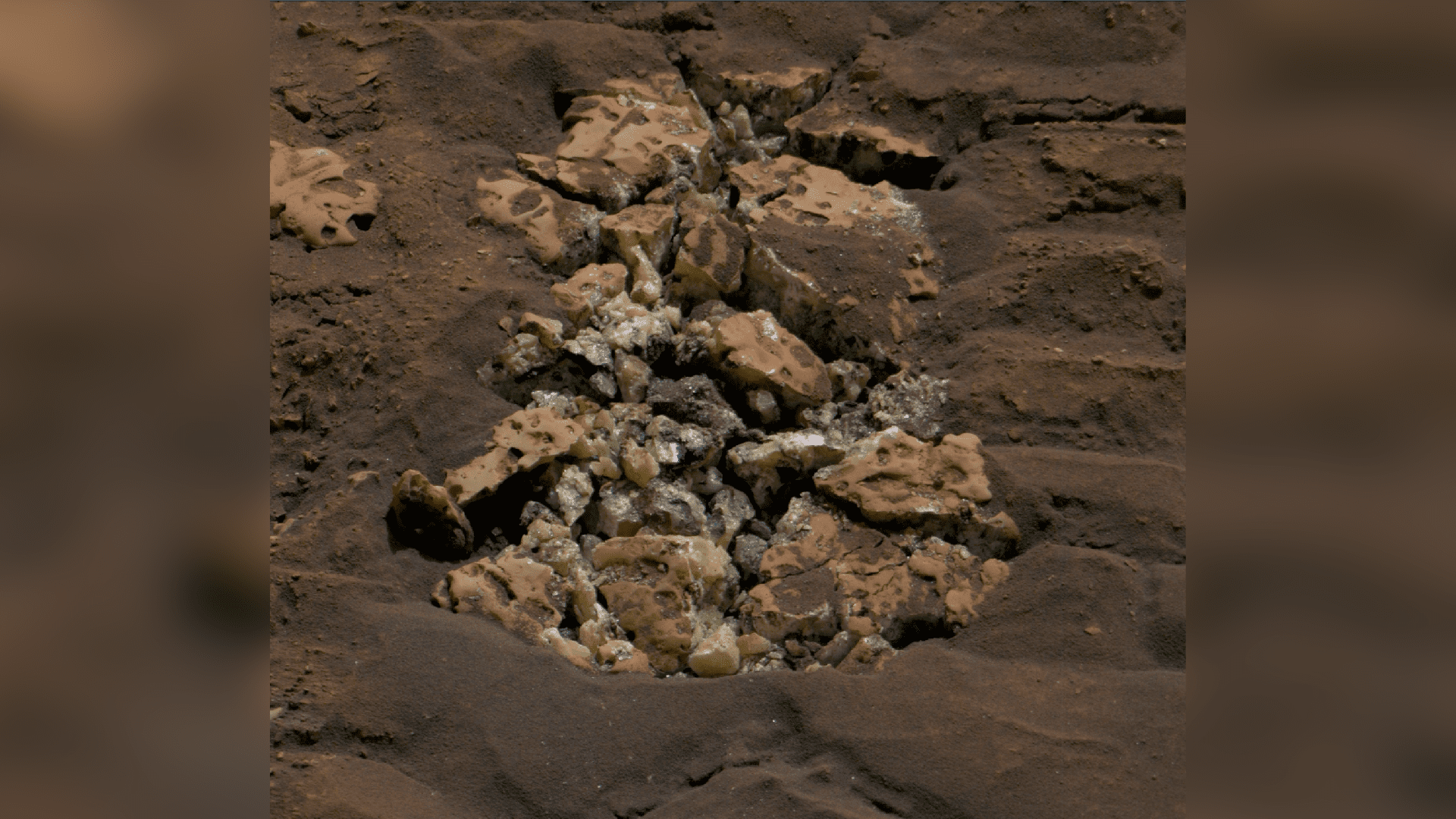
According to NASA, the rover has been exploring a region of Mars rich in sulfates. However, this is not pure sulfur; it’s a salt containing sulfur that forms when water evaporates. However, where past detections have been of minerals mixed with sulfur and other materials, Curiosity cracked open a rock made of pure sulfur. It’s unclear what the relationship, if any, is between the pure sulfur and the sulfur-based minerals in that region.
People commonly associate the smell of sulfur with rotten eggs, but elemental, or pure, sulfur has no smell. It forms in only a narrow range of conditions. However, scientists have not associated these conditions with the location’s history. Moreover, many rocks resemble the one Curiosity crushed in that area. According to scientists, an entire field is filled with these rocks.
“Finding a field of stones made of pure sulfur is like finding an oasis in the desert,” said Curiosity’s project scientist, Ashwin Vasavada of NASA’s Jet Propulsion Laboratory in Southern California. “It shouldn’t be there, so now we have to explain it. Discovering strange and unexpected things is what makes planetary exploration so exciting.”
Finding sulfur is one of several discoveries Curiosity made while off-roading within Gediz Vallis channel. This channel is a groove that winds down the 3-mile-tall Mount Sharp. Each layer of the mountain represents a different period of Martian history. Curiosity’s mission is to study the ancient terrain to determine if the area could provide the nutrients needed for microbial life.
Evidence of Flooding
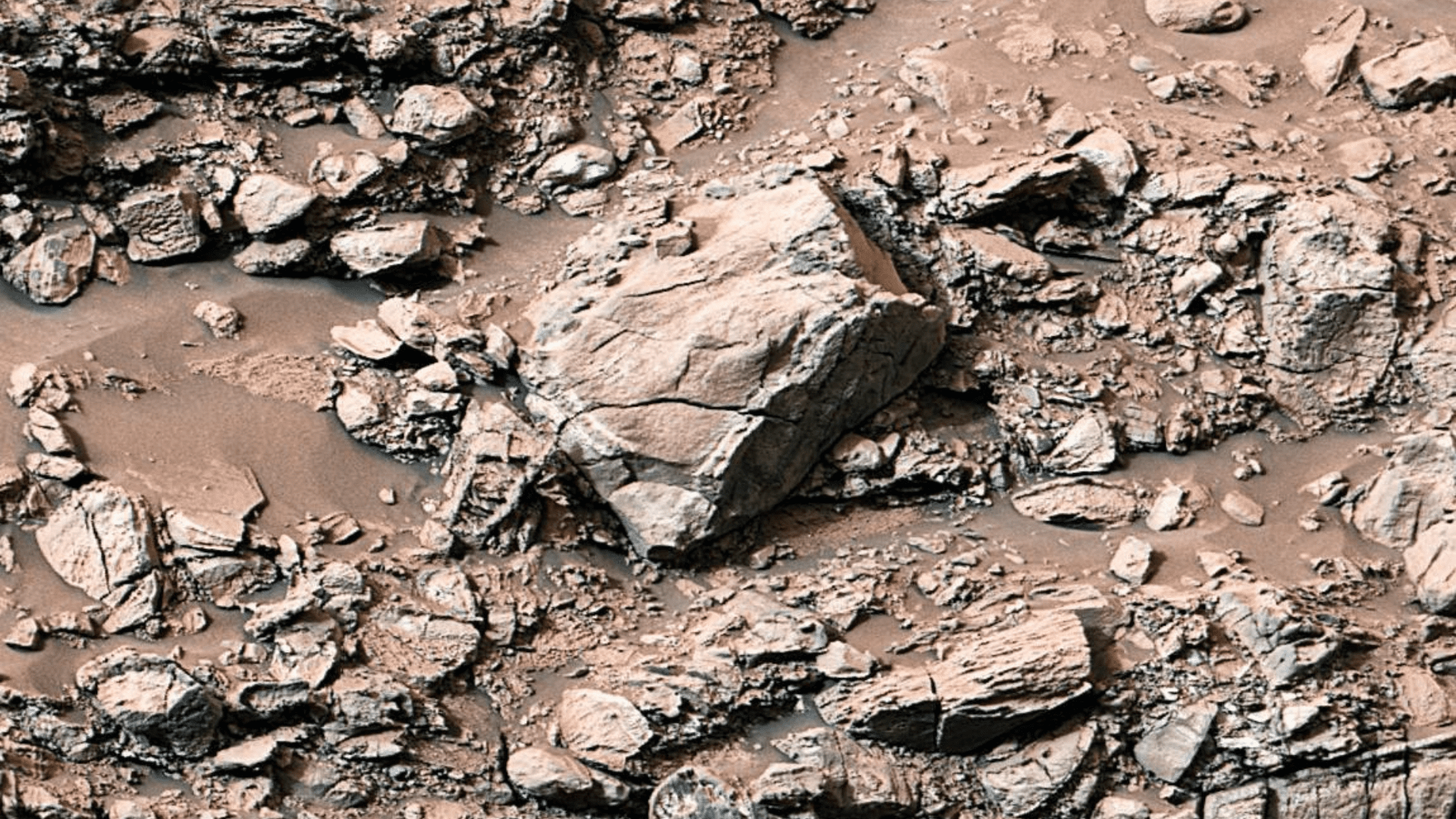
The Gediz Vallis channel is one of the main reasons scientists wanted to explore this area of Mars. In fact, they spotted this section years before Curiosity even launched. Scientists believe the channel was carved out by flows of water and debris. They want to get a better understanding of how the landscape changed billions of years ago. The recent clues help, but there is still much to learn.
Since Curiosity’s arrival earlier this year, scientists have studied the possibilities of ancient floodwaters. Additionally, they studied whether landslides played a role in building up large mounds of debris from the channel’s floor. The rover’s latest clues suggest both may have played a role. Scientists believe some piles are from violent flows of water and debris, while others appear to be the result of local landslides.
They based their conclusions on two types of rocks found in the debris mounds. Some are rounded like river stones, suggesting flows of water carried them, while others are angular, suggesting dry avalanches transported them.
“This was not a quiet period on Mars,” said Becky Williams, a scientist with the Planetary Science Institute in Tucson, Arizona, and the deputy principal investigator of Curiosity’s Mast Camera, or Mastcam. “There was an exciting amount of activity here. We’re looking at multiple flows down the channel, including energetic floods and boulder-rich flows.”



